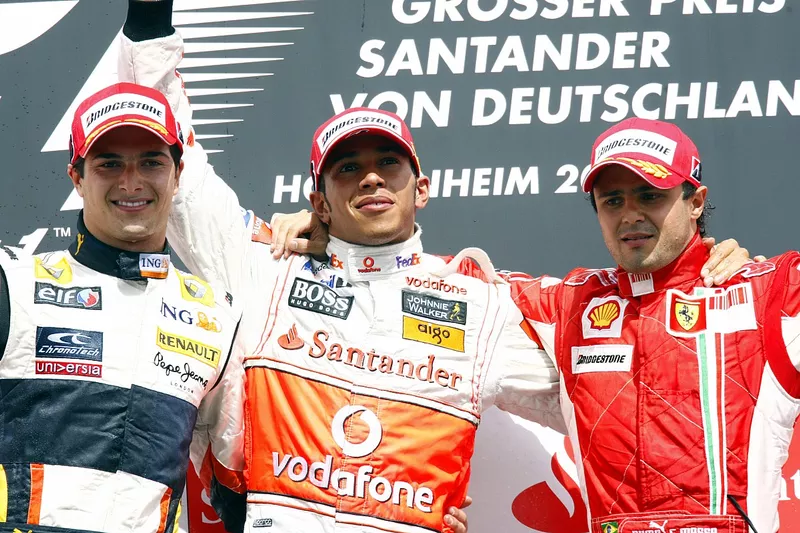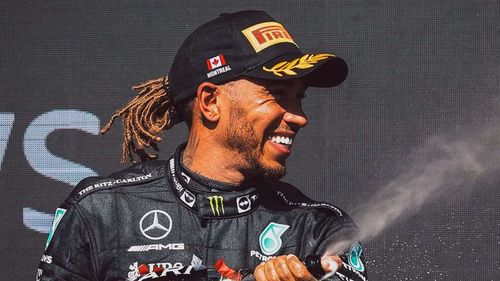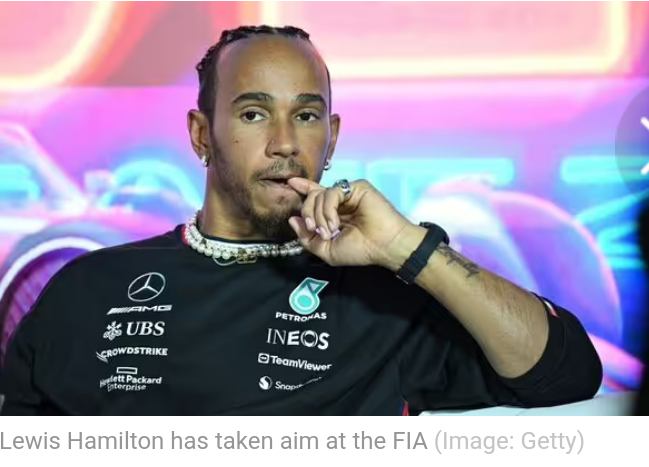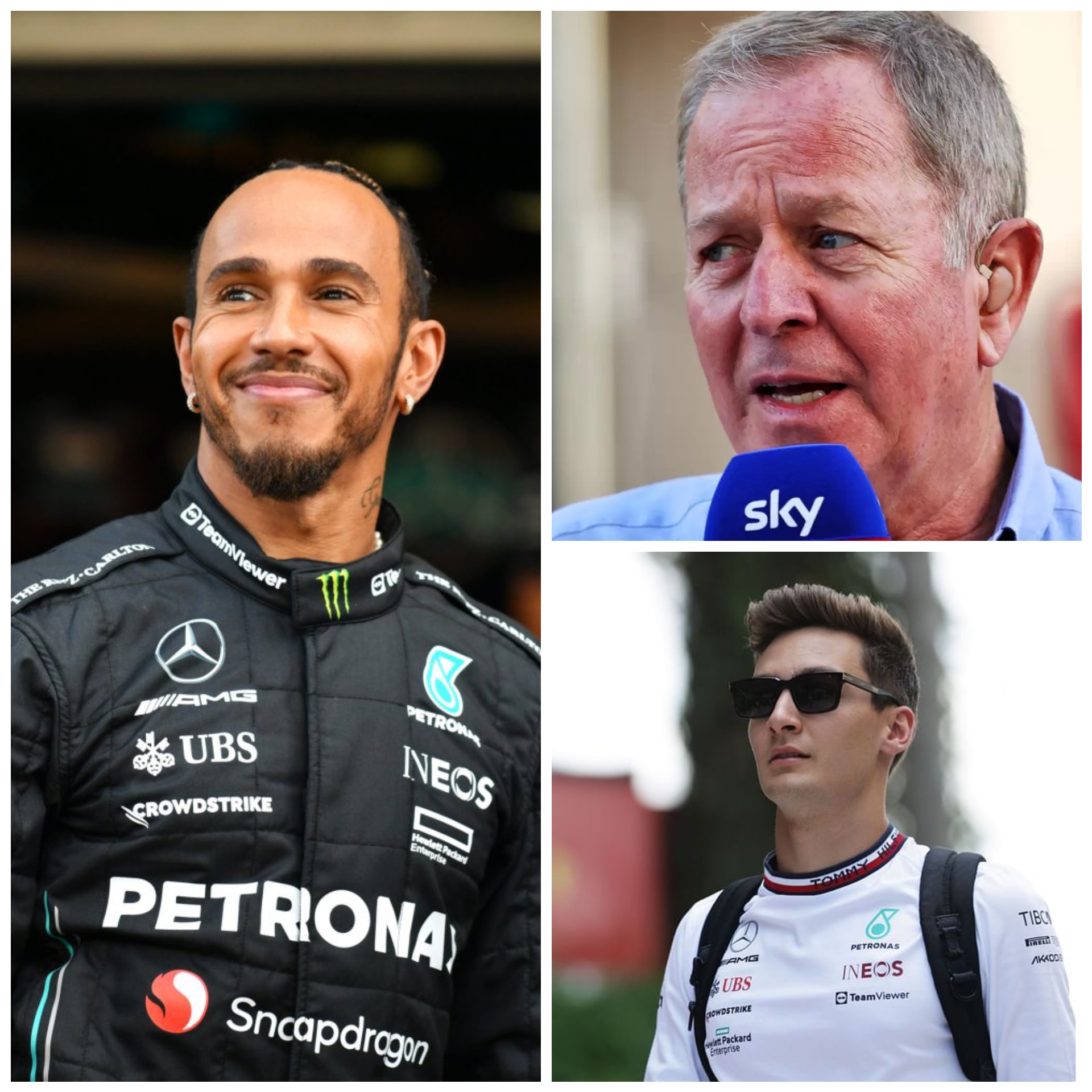A modern audience would find it absurd that Lewis Hamilton is anything other than an F1 star, but even the greatest had to establish themselves early in life.
Hamilton is not your average Formula One driver in many respects. For example, a typical Formula One driver does not work three jobs to support his son’s competitive career; nor does a typical driver have one of the greatest rookie seasons in history; nor does a typical driver win 103 races and, most definitely, seven World Championships.
Hamilton is among the greatest drivers in Formula 1 history, regardless of how his career pans out. We’re going to go in-depth with the 2008 British Grand Prix, the race that formally made him famous.
The intensification
Ron Dennis, the owner of McLaren, was initially drawn to Hamilton in 1995 when the self-assured youngster approached him at an awards ceremony and declared his dream of driving a McLaren vehicle. Hamilton eventually joined the sport in 2007.
Although it was a bold prediction that someone in Dennis’s situation had probably heard a hundred times before, not even the most astute observers of the sport could have predicted what Hamilton would go on to accomplish.
After winning the 2006 GP2 Series, the young Briton was able to secure a 2007 McLaren drive, but no one anticipated how quickly he would adapt. After leaving Renault, Fernando Alonso may have anticipated being the undisputed leader versus a rookie teammate lacking in experience, but he did not find supremacy.
Quick, excitingly quick, Hamilton won races in both Canada and the US and finished on the podium in the first nine races.
The season’s beginning was also nothing short of spectacular. Before the year ended, Hamilton would win two more races; however, on countback, he finished one point behind winner Kimi Raikkonen and ahead of two-time champion Alonso.
It was the best rookie season in history, even if he did not win the championship. However, it is not unusual for drivers to have a fantastic year before fading into mediocrity.
Hamilton was still shrouded in controversy. Sure, he was good, but good enough to win multiple championships? That still needed to be addressed.
Heikki Kovalainen joined Hamilton as a new teammate for the 2008 season, and the Australian driver completed the perfect start to the season with a victory. In the meantime, Hamilton’s primary rival for the championship, Felipe Massa, retired in the first two grand prix.
However, his subsequent title wins were recognized for something other than their all-conquering season.
In 2008, there were serious doubts about this young talent, but it was the first indication of the “us against the world” mentality that would serve him and Mercedes so well in the long run.
Silverstone was the setting.
The first round was won by Massa, who recorded the fastest time in Formula One. Hamilton lagged behind his teammate. Massa dropped to eighth in the second race, but Hamilton was unable to improve on his P3. The McLaren driver dropped even lower to P5 in FP3.
There wasn’t much indication that Hamilton would remember this race weekend for anything other than what it was. After qualifying, that suspicion only intensified. After finishing 0.786 seconds behind his own teammate Kovalainen, Hamilton would start in position P4. Even though Massa qualified in ninth place, Robert Kubica, Kimi Raikkonen, and the Brazilian himself were all starting one position ahead of the McLaren driver in the standings.
Hence, Hamilton might have been among the 85,000 spectators who thought a victory was achievable when he sat in his MP4-23 in P4, three positions behind where he had been at the same race the previous year.
He gained more followers from the very beginning.
Hamilton had one of his best races ever at the beginning of the 2008 season. It was a perfectly normal British summer’s day. damp, hazy, and highly variable. The five red lights went out and the top three scrambled for position. The car with number 22 didn’t.
The three leaders formed a group on the outside as they approached Copse, but Hamilton chose to go inside, which almost definitely meant failure. Hamilton controlled the wide rear end of his McLaren even though it was getting wild. When everyone else was unable to hold on, Hamilton did, and he took the lead on the quick run to Copse.
After Maggots, Kovalainen fought back and regained the lead, but chaos spun out behind the first two. Mark Webber went out first, followed by Massa, which knocked the championship leader down the order.
As they approached Stowe on lap five, Hamilton once more veered off the racing line and onto the wet surface in an overtake that bore similarities to Nigel Mansell’s move on Nelson Piquet 21 years earlier. The two were still in a battle at this point.
Subsequently, Kovalainen demonstrated a lack of control compared to Hamilton as he also swerved and skidded along the grid.
Raikkonen was closing in on Hamilton in the next battle, but as they approached the pits, the two made different decisions. It was a strategic battle. Ferrari bet that the weather would continue to improve, so they left Raikkonen on the same tires while both topped off on fuel, with Hamilton getting a new set of inters.
It should have come as no surprise, though, that the man who had been racing at Silverstone for most of his life, and who was born fifty miles away, was better at predicting the weather patterns. When more rain started to fall, Raikkonen lost eight seconds per lap to Hamilton.
Hamilton was in a race of his own after that. Building the lead lap after lap, the heavy rain was the only thing that could have stopped him, and as he cut across the grass as the skies darkened over the middle of England, it almost did.
However, in wet races, the greats set themselves apart from the rest. Every legend seems to have had one great wet race, and Hamilton’s came in 2008.
Hamilton crossed the finish line more than a minute ahead of every other driver in a time when one driver rarely finished so far ahead of the pack.
His commitment to Formula One was questioned at the time, but those concerns were allayed. He moved up to joint first place on points after the win, and he never looked back.
How Lewis Hamilton’s future baseball career was affected
When the sun at last appeared at Silverstone, any doubt about Hamilton vanished in a manner similar to that of standing water. Hamilton had always wanted to win his home race, and that victory cemented a friendship that has lasted a lifetime.
In the aftermath, he remarked, “There’s something about racing in your home country that affects you.” “You feel the energy of the crowd supporting you all weekend long.
“It makes you that little bit more determined to succeed, but it’s something you experience nowhere else.”
Although Hamilton’s affection for the British crowd is still as strong as it was back then, 2008 Silverstone was a turning point in the driver’s career rather than a reunion.
All of us now know that he was headed for his first of a record-tying seven World titles, dispelling any notion that he was a one-season wonder.
Hamilton has racked up 103 career victories, many of which are spectacular, but few are more significant than this one.




